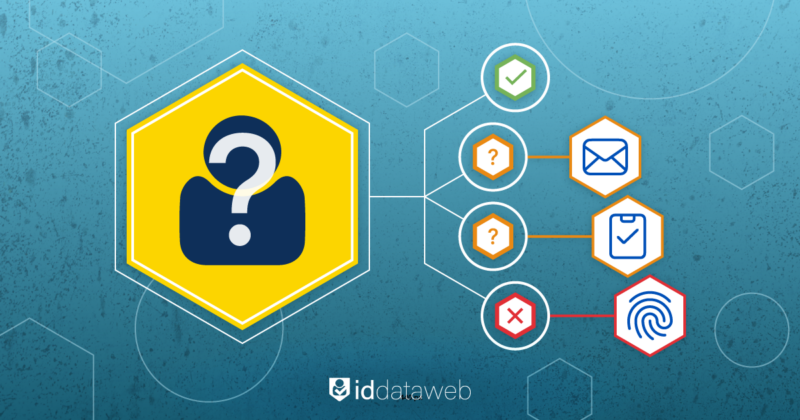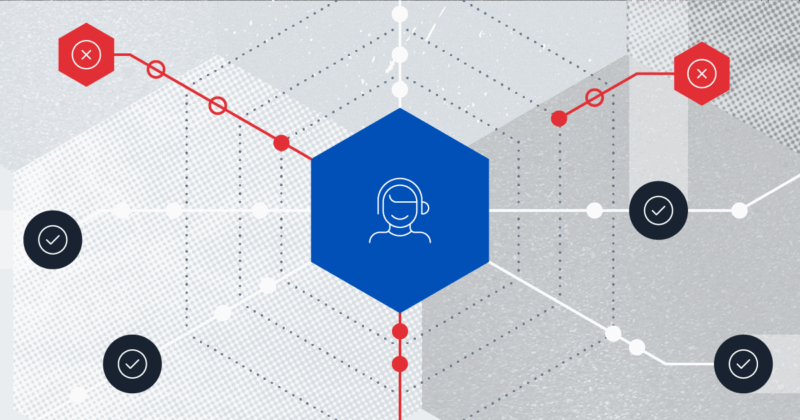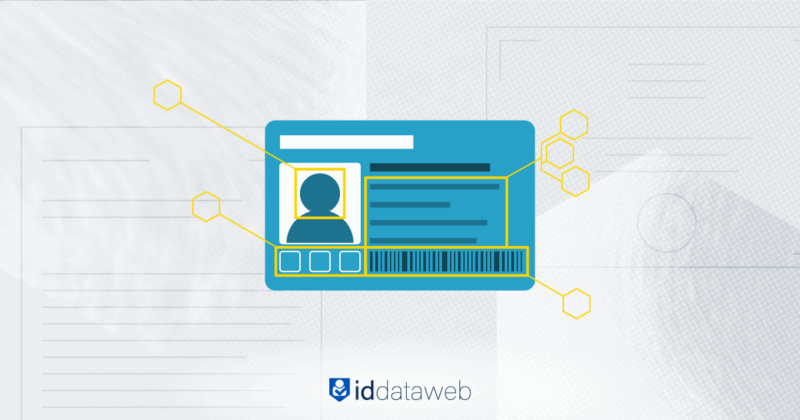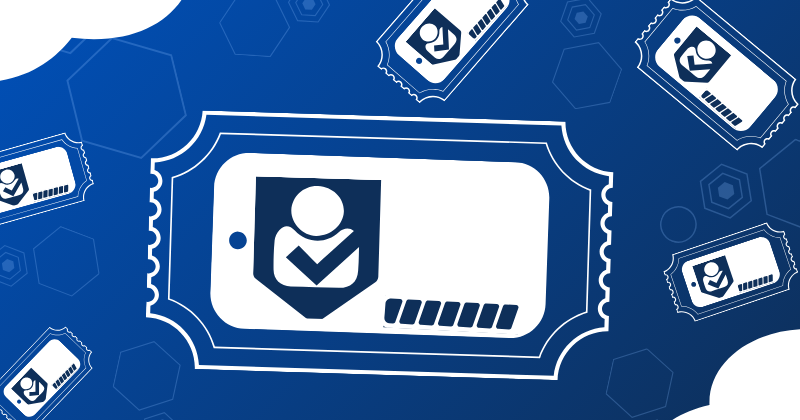Artificial intelligence has unleashed a new wave of threats for enterprise cybersecurity teams. Cyber adversaries, including nation-state actors, are now leveraging AI to generate deepfakes and synthetic identities, bypassing defenses in ways that were unimaginable just a few years ago.
For CISOs and fraud prevention teams, the challenge is clear: defenses must adapt as quickly as these AI-driven threats evolve.
This article explores how adaptive authentication – particularly risk-based, step-up authentication – provides an effective countermeasure to AI-driven fraud. We’ll examine scenarios ranging from deepfake impersonations to AI-augmented bot attacks and discuss how enterprises can keep pace.
The rise of AI-driven fraud and deepfakes
Deepfakes are rapidly becoming one of the most serious fraud vectors. Identity, deepfake fraud cases in the U.S. have surged by 3,000% in recent years. Financial institutions are taking notice, with 77% predicting that deepfakes will become a top cybersecurity vulnerability within the next three years.
The threats extend beyond financial services. One organization discovered that 15% of its new software developer “hires” were fraudulent applicants who used deepfaked video interviews to pass remote screenings.
Nation-state actors add further urgency. North Korean cyber groups, for example, have exploited AI-generated identities to infiltrate companies. A recent U.S. Department of Justice investigation found operatives posing as IT professionals, using face-swapping and voice-cloning tools during interviews. Once hired, they siphoned salaries and corporate data abroad.
The lesson: AI-driven fraud is no longer speculative—it’s here. Humans are hardwired to trust what they see and hear, and synthetic media exploits this vulnerability. From fake voices on calls to nearly indistinguishable forged documents, static defenses are no match.
Bots, scalpers, and account takeovers at scale
AI hasn’t just enabled new attack vectors; it has supercharged old ones. Automated bot networks now fuel credential stuffing, fake account creation, and large-scale phishing with alarming sophistication.
Early bots were easy to spot—rigid, rule-based, and repetitive. CAPTCHAs and IP blocklists were enough to stop them. Today’s AI-powered bots, however, mimic human behavior convincingly: scrolling, clicking, and even moving cursors in natural ways. They can bypass CAPTCHA challenges or avoid them entirely by appearing human.
The scale is staggering. Attackers can deploy distributed bot armies across proxy networks, spoofing devices to appear as legitimate users. Enterprises across industries now report relentless automated account takeover (ATO) attempts. Banks, retailers, airlines, and ticketing platforms face waves of login attempts—sometimes thousands per minute—powered by AI-optimized bots.
Ticket scalping illustrates the consumer impact. Bots scoop up tickets within seconds of release, reselling them at inflated prices. Similar tactics drain inventory for scarce e-commerce items like GPUs or limited-edition sneakers, using fake accounts and proxy IPs to evade static defenses.
The common thread is speed, scale, and adaptability. Static rules—like simple velocity checks or IP blocks—struggle against this evolving threat.
Adaptive authentication: a multi-layered defense
Static defenses are ill-suited for dynamic threats. Adaptive authentication offers a smarter approach by continuously adjusting verification requirements in real time.
Instead of requiring the same credentials or multi-factor authentication (MFA) challenge for every user, adaptive systems evaluate contextual signals such device, location, network, and behavior. Based on risk, they decide whether to allow access, trigger a step-up challenge, or block the attempt.
For instance:
- A user who typically logs in from New York on weekday mornings with an iPhone suddenly attempts access at midnight from Russia using a new Android device. The system flags it as high-risk.A fraudster with a synthetic identity might pass a credential check, but device and behavioral anomalies (e.g., emulators, copy-pasted inputs) trigger further verification.
Step-up challenges may include biometrics, device-based checks, or government-issued ID verification. Low-risk users enjoy a seamless experience, while high-risk sessions are blocked or escalated.
The key strength is correlation. By analyzing a constellation of signals—not just one or two—adaptive authentication makes it far harder for fraudsters to blend in.
Questions? Consult with an identity security expert
Conclusion
AI is fundamentally reshaping the cybersecurity landscape, accelerating the pace and complexity of identity fraud. The defensive response must be equally dynamic: layered, context-aware, and risk-based.
For CISOs and identity fraud prevention teams, the priorities are clear:
- Correlate multiple signals (identity, device, network, behavior) in real time.
- Invest in adaptive authentication that balances user experience with security.
- Educate employees on deepfake and social engineering risks.
- Leverage AI defensively to enhance detection and keep pace with adversaries.
AI may power the threats of tomorrow, but with adaptive strategies, enterprises can stay ahead by building defenses that learn, evolve, and adapt just as quickly as the attacks they face.












